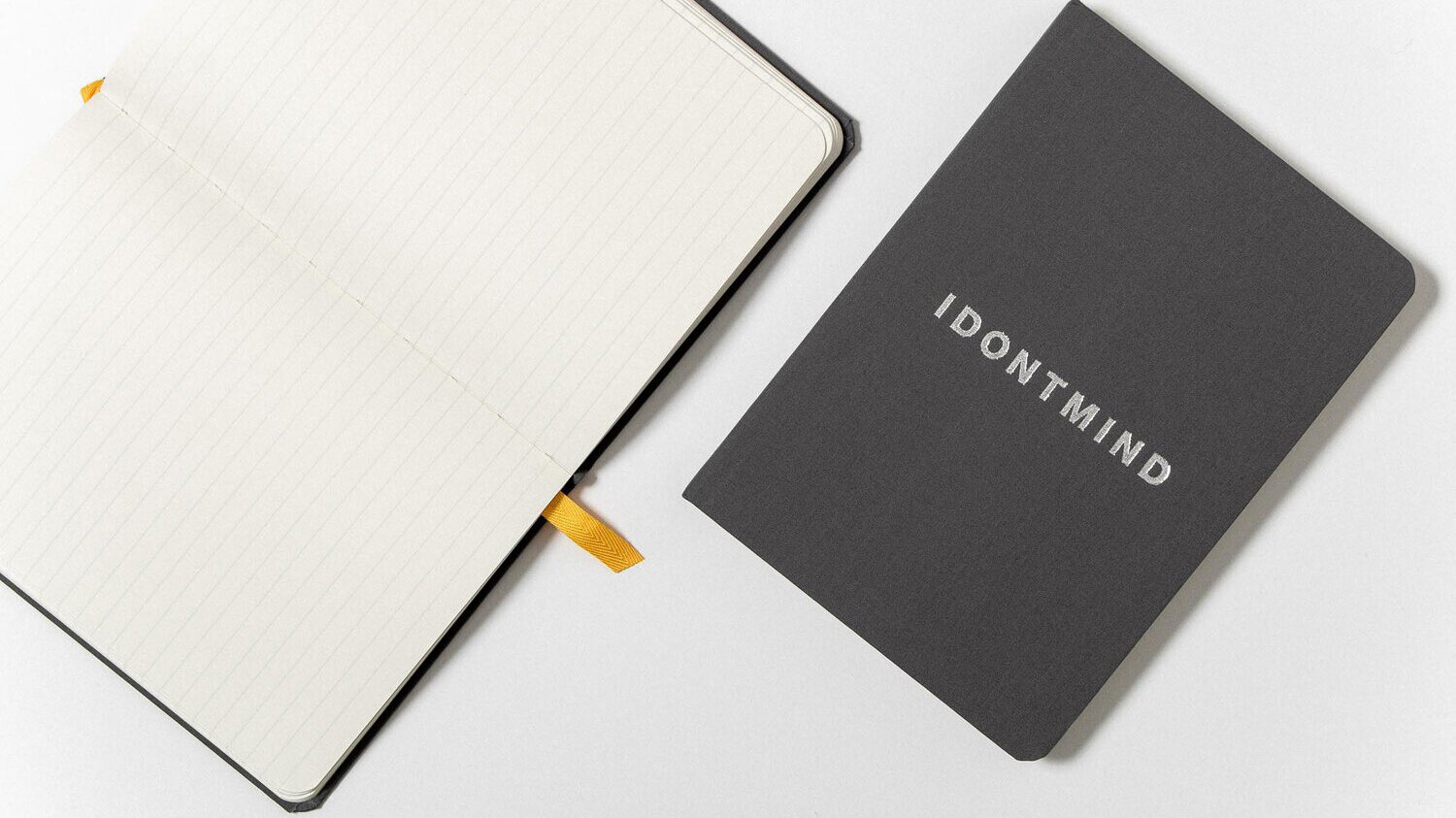So You Want To Start Journaling? Now What?
6 EASY STEPS TO GET YOUR THOUGHTS OUT OF YOUR HEAD
What comes to your mind when you think of journaling? Maybe it’s something that’s you’ve been thinking about picking up for a while now, and you know you have to just stop stalling and start writing. But the act of sitting yourself down and writing feels difficult to actually make happen, and a flood of questions hit your brain: What do you write about? How do you set yourself up for writing? Who are you writing for?
It can feel overwhelming, and a little awkward to get started.
We’re going to give you the step-by-step guide to journaling so the only thing that you have to think about is actually putting your thoughts on paper. Easy.
1. Find your journaling sweet spot
You’ll want to settle in somewhere that you feel cozy and comfortable – that’s quiet too! That way, your journal won’t read “this chair hurts my back” or “the construction outside is loud”. Most importantly, turn over your phone and put it on silent. You want to be able to just let your thoughts flow freely without interruptions from the TV or a group text exploding.
(Hint: Try journaling first thing in the morning in bed, still under the covers. What’s cozier than that?)
2. Set a timer
When you first start writing, give yourself a few minutes, and then you can build from there. Set a timer for three minutes to start with. Don’t feel like you have to stop writing just because the timer goes off! It’s just nice to force yourself to keep writing until you’ve used up all your time. Once you get in the rhythm of writing, you can probably go without the timer.
3. Write out the basics
There are few things that are more intimidating than an empty journal and a blank page. So, start out by writing the date — your future self will thank you for this. Then, write out a prompt that gets you started. We’ll always keep you updated with some journal prompts that get you thinking. But if none of those speak to you, write out these two questions: What’s my mood right now? What’s been on my mind lately? It’s that simple. Having those few things on the page makes filling in the blanks easier.
4. Try different writing styles
The way that you write in your journal is anything but one-size-fits-all. Depending on what type of person you are, one of these writing styles may work for you — or all of them will, depending on the day. No one will ever read this but you, so don’t overthink this too much. None of it has to make sense to anyone else, as long as it does to you. It doesn’t need fully-formed thoughts or perfect grammar. Just write!
BULLET POINTS
This is an easy one to go with. Bullet journals are a really great way to throw out a lot of ideas and not have to connect any of them. If you like organization, this is a perfect style for you. Bullet points keep your writing short and sweet.
TRAIN OF THOUGHT
If you’re looking to just dump all of your thoughts out of your brain, this is for you. Anything that pops into your head, you write it down. Maybe it’s not the neatest process, but this is a really great way to see how you think and how your brain works.
GET CREATIVE
Sometimes, just writing out the words can’t properly convey how you feel or what you’re thinking. If you’re on the creative side, try drawing something out or writing a poem — however you best express yourself!
5. Remember how you feel
You’ve written for the full three minutes. The timer goes off, you close your journal, and there’s been a weight lifted off your shoulders. What’s next? Think about a time when you’ve had a really great workout or a groundbreaking therapy session — it’s a good feeling, right? You’ll think of that as motivation to get to the gym or into another therapy session. It works the same way for journaling. Remembering what it feels like to release all of your thoughts onto paper is going to be the best thing to keep bringing you back to your journal.
6. Look back and reflect
One of our favorite reasons to journal is that it serves as a great reminder of what was on your mind on both the good and the bad days! It’s the perfect paper trail of progress. It’s hard to notice any kind of growth unless you reflect on it and unless you see on paper exactly what you felt yesterday, last week, or last month.
So, every once in awhile, stop and read through the things you’ve written. You may just stumble upon something you barely remember writing but is just the hidden gem of wisdom you needed to get you through something.
—
Now you can take all of those complicated questions out of your head, and actually start writing. Grab your pen, crack open your new journal, and get on it!

